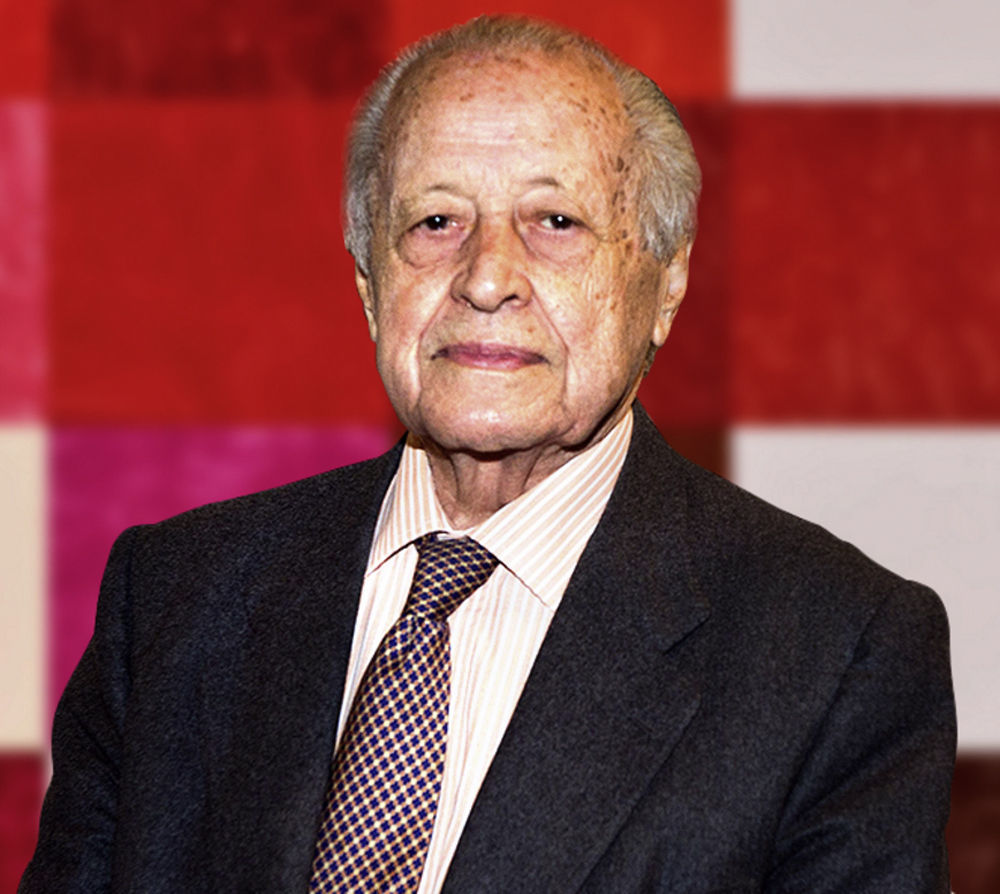Thousands and thousands of pages have been devoted to the transition to democracy in Spanish politics, but very few to another great change that took place earlier and undoubtedly transformed Spanish medicine. To use that highly suitable word, this change can be considered the transition in Spanish medicine.
It was during the 1960s, specifically in 1964, that Clínica Puerta de Hierro was founded in Madrid and Dr José María Segovia de Arana was granted complete freedom to draw up a plan for its organization and future. For the first time in Spain, physicians were starting to dedicate themselves to their work full time. For the first time, physicians and surgeons were being brought together to form teams. For the first time, a school was set up to train technicians in the ancillary procedures employed in medicine (radiology, radiotherapy, laboratory tests, etc). Teaching curricula began to be used nationwide, with 4-year programs for postgraduates, who were selected by members of the hospital medical staff on the basis of their résumés and personal interviews. Thus were planted the seeds of the system of medical interns and residents and, almost like missionaries, we set out to teach all over Spain. When Dr Segovia de Arana became Spain's secretary of state for health, it was transformed into the Spanish program for médicos internos y residentes (MIR). A nationwide examination was instituted and conducted with total professionalism, impartiality, and fairness by a general medical director from Clínica Puerta de Hierro. Since then, this examination has remained integrated and consolidated in the study of medicine in Spain. In addition to these far-reaching changes, Dr Segovia de Arana's appointment as the secretary of state for health led to the establishment, again in Clínica Puerta de Hierro, of a unit of clinical and basic research, and it was he who instituted what would become the Fondo de Investigación Sanitaria (FIS; the Spanish agency for publicly-funded health research), which has given an enormous boost to our medical research.
In Spain, the term hospitals was so degraded that its use was avoided, and these facilities were referred to as social security residences. There were very few centers with a certain degree of scientific quality and a certain capacity for training postgraduates; Madrid had the Instituto Jiménez Díaz, Barcelona had mainly Hospital Clínic and, in Cantabria (then the province of Santander), in northern Spain, the city of Santander had the Hospital de Valdecilla. Instruction usually centered around a single person, who was considered omniscient and his teachings unquestionable. This figure was treated with nearly reverential respect, because he was in possession of the whole of medical knowledge, which he shared only with a group of faithful followers. With Clínica Puerta de Hierro, and later, La Paz (also in Madrid), medical knowledge began to be imparted generously to those who wanted to be taught, provided they showed the interest in, capacity for, and commitment to learning, and accepted a long, hard period of training which would go on for years.
At Puerta de Hierro, we formed a group of physicians trained in different countries who came together in a hospital that was unique in Spain: a workplace fully devoted to medicine, with all types of bibliographic and clinical discussion sessions and a library with the latest publications. This approach to the medical profession led to the foundation of the Faculty of Medicine of what would later become the Universidad Autónoma de Madrid. The planners had the courage—which is what it took at the time—to limit admission (numerus clausus) on the basis of academic record. From the third year on, instruction was imparted in the hospitals, with a system of integrated teaching that left behind those classrooms with hundreds of students and long theoretical lessons, an almost medieval setting.
Throughout this tribute, I have referred to José María Segovia de Arana as a physician, although he had become a full professor as a young man, but this is my way of highlighting that he had understood that there was no room for the venerable old professor, because the torrential flow of modern medicine demanded highly specialized training and the formation of teams as the only solution.
At the present time, Spain is witnessing an incomprehensible contradiction between the citizens, who believe we have the best health care and medical science, and politicians, who insist on denying that situation to gain support with demagogy. It's about time that we recall where this medicine that takes care of us blossomed and to whom we can attribute, to a large extent, those benefits for our health and the creation of a school for specialists with hundreds of physicians, in numbers that have continued to multiply.
In terms of training, the cardiology department at Clínica Puerta de Hierro may have been the first to incorporate a catheterization laboratory and clinical cardiology, both closely linked to cardiovascular surgery. Since it was founded and after a short period during which Dr Losada Trulok was department head, the undersigned was named for that position. While still in the early stages, over 100 cardiologists had been trained, including some whose names are well-known among Spanish cardiologists: Drs Vallés, Castro, Berrazueta, de Teresa and a great many others. The succession of internists and residents still continues unabated, now being trained by those who came after me and for whom I feel a great affection, like Drs Ortigosa, Silva, Fernández Lozano, etc.
Rest in peace, Dr. Segovia de Arana. Your name and your achievements will remain in the history of Spanish medicine.

